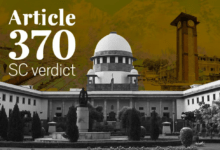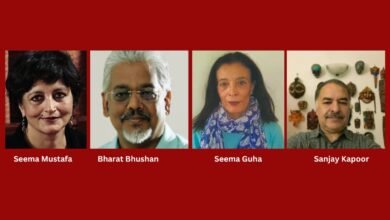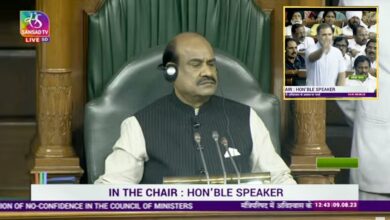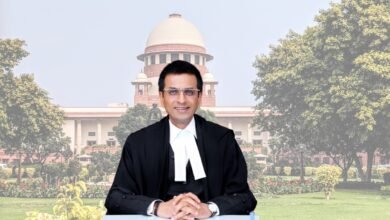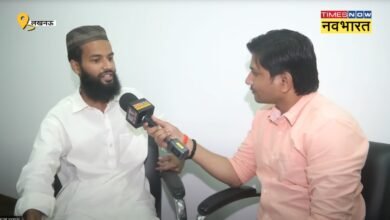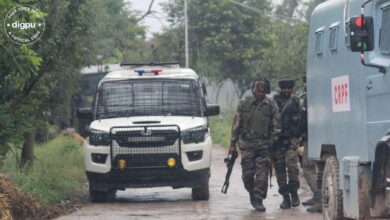The systematic direct muzzling of Kashmiri Press after revoking Article 370
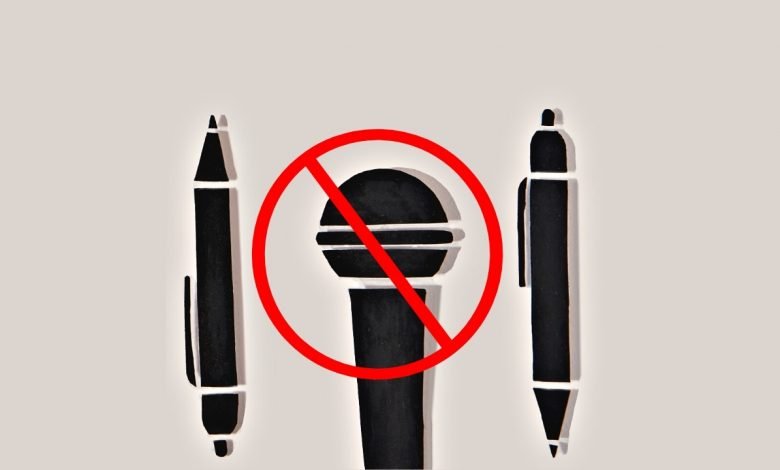
The Indian government is directly muzzling the freedom of the Kashmiri Press by invoking more elegant or classic methods of stopping government ads.
The United Nations had recently written a letter to the Indian government seeking answers about the systematic muzzling of the Kashmiri press. It is doubtful that the central government will reply to the letter.
Instead, it might decide to form a panel with experts and assign a ‘situation review task’ to the committee. To note, the panel members will be deliberately devoid of any government critics. The government can also adopt its ‘be silent’ policy on any controversial topic. But none of this can stop the insurgency in the valley. If one takes a closer look at the beginning of the insurgency, it demanded freedom. The freedom meant right to express their thought, right to move around.
The new feather that is gradually fueling the Kashmiri insurgency is the sudden abrogation of Article 370 and repealing of Article 35A. In the systematic bid to stop the neighbours from demanding their valley ownership rights, India denied special protection and rights to the Kashmiri citizens. The abrogation also gave the national government a weapon to silence dissenters.
Killing Kashmiri Press
Since 2019, India has been able to decimate the home-grown militancy. But Delhi has developed more nuanced methods to muzzle the Kashmiri press. According to the research paper published by The Reuters Institute for the Study of Journalism, after the 5th August abrogation of Article 370, they have shut down the local adversarial press overnight.
Indian state gained influence to tap the adversarial local Kashmiri press by controlling the production levers like withholding government advertisements or releasing them as per the content published in the respective papers. Critical editors, writers, and voices met with harassment, legal measures, and violence.
The press has decided to drop politics from their pages to save themselves and their editors since 5 August. Though there was very little coverage about the violation of human rights in the independent national media, the Kashmiri press was silent.
The worst part of the incident is that there is no formal veto on critical reporting. Instead, clouds of fear emanating from the government have paralyzed the local Kashmiri press. The message went out in multiple manners. Qazi Shibli, the editor of the only online news portal of Kashmir, was rounded up for questioning and held back for days before 5 August.
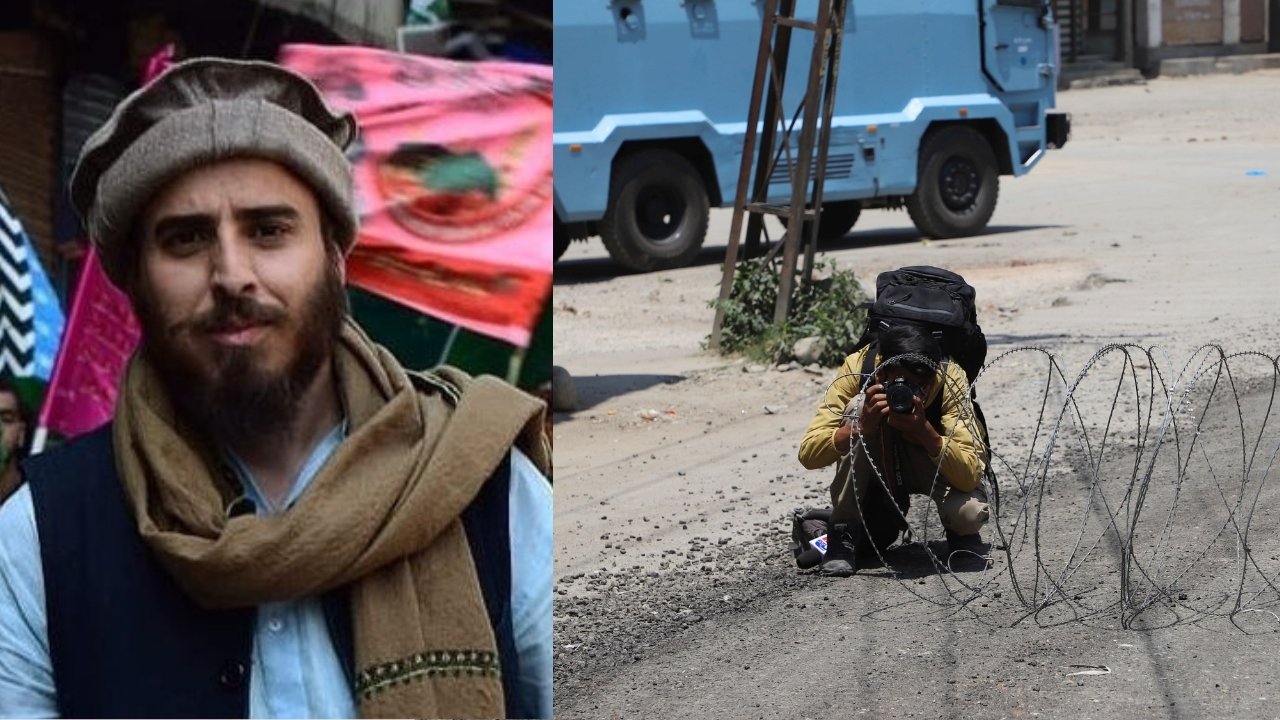
The critical writers and reporters are now openly rebuked or met with their (Indian Govt) fair share of intimidation. This crackdown has led to editorial diktats as journalists were warned to stay away from the government lines. They are asked to do ‘soft stories’ to avoid harassment.
If trickling down fear was not enough, the government has decided to build a stonewall to bureaucratic sources of information. If somebody tries to document the common man’s account of a gunfight, she or he will be denied access to the government version of the story. The newspaper can carry information disseminated by the press release. But specific questions will not be entertained by the government sources.
The lockdown had cracked the internet usage down in the valley. This has dried coverage of the suburbs as most reporters had to queue up in the media centre. The media centre was located in a plush hotel in Srinagar and held daily briefings to benefit the national journalists mostly.
Kashmiri Press Before 5th August
Kashmiri press had seen the heights of local coverage during the Burhan Wani incident. The local media carried front-page news about how he was gunned down by the security forces. The funeral procession was covered explicitly and positively. Wani was a freedom hero for locals, and the press was not hesitant to report it. They openly took interviews of young boys who have joined militancy. There was fear of threats but no direct threats.
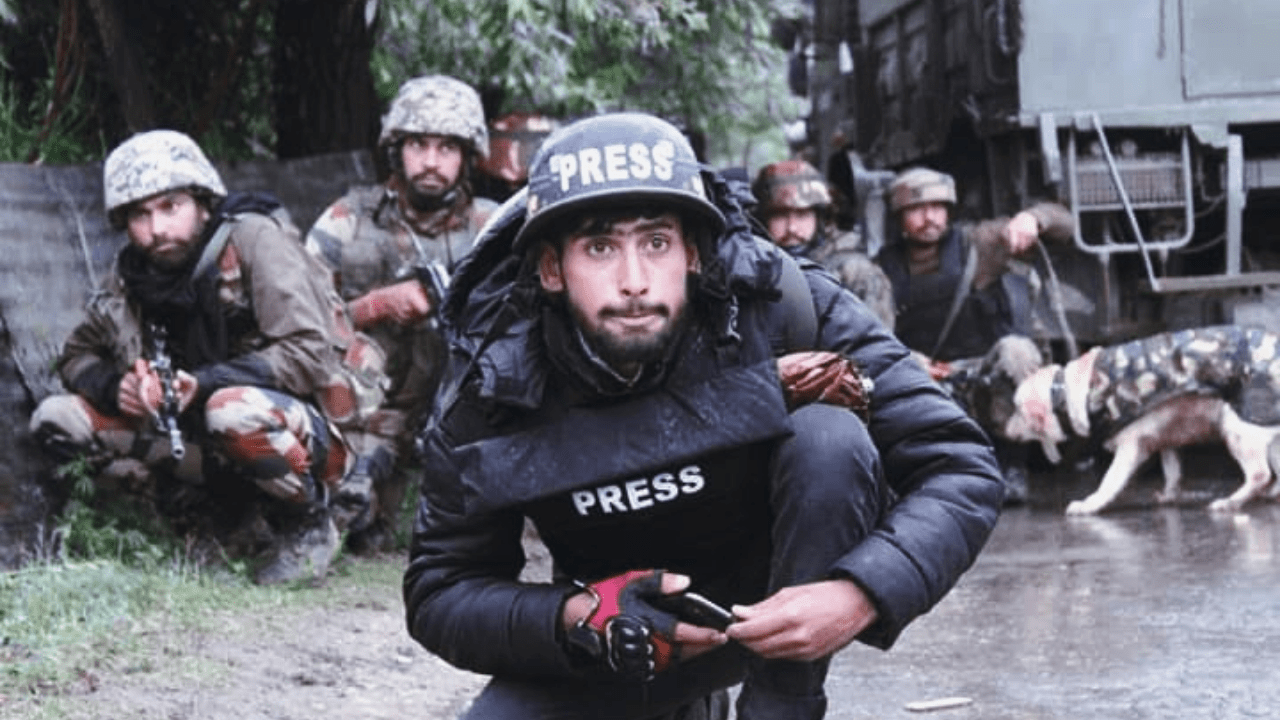
Even during the stone pelting and pellet gun incidents, the local press was actively covering local voices. As a result, there was a better representation of the local Kashmiri voices in the otherwise national media. The government must have understood these, so they have decided to stop watering to the roots. They had called for a total blackout of communication after the Burhan Wani incident. This had hampered the local coverage as there was no internet across the state. Newspapers and portals had to rely on government releases for information.
The Direct Muzzle of Kashmiri Press
Following the communication blackout, they have revoked Article 370. This gave them more direct control over the local press by stopping government ads to critical voices. The police were also free to round up or arrest any critic at any point of the day. No warrants and no intimidation.
Every press personality is aware of the importance of the government advertisement to run the daily functioning of the print media. Without ad revenue, stories from the interior of Kashmir have taken a blow.
It is more important for the print medium than the online medium. Online mediums can survive with the pay per clicks methods. But in Kashmir, the editor of the only news portal, The Kashmiriyat, was arrested too.
